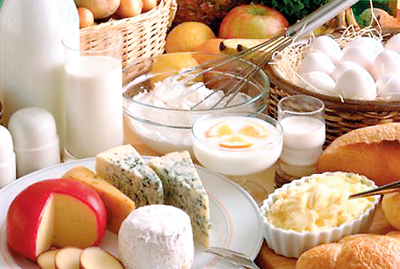
Is your New Year’s resolution to eat more healthily? If so, watch out: foods portrayed as healthy may lead to overeating and contribute to weight gain, according to new research.
In the cookie experiment, researchers found that participants who consumed the “healthy” cookie reported greater hunger after eating than those who consumed the cookie portrayed as unhealthy.
What is more, in the real world experiment, the team found that participants ordered larger portion sizes before watching the film and ate more food during the film when food was portrayed as healthy, compared with when food was portrayed as unhealthy.
Interestingly, even individuals who did not believe in the theory that unhealthy foods are less filling – as determined by the Implicit Association Test – reported greater hunger after consuming the “healthy” cookie and ordered and consumed more food when it was portrayed as healthy.
In the Journal of the Association for Consumer Research, investigators found that if we perceive a certain food to be healthy, we are likely to consume more of it.
According to study coauthor Jacob Suher and colleagues, from the University of Texas-Austin, their findings support the “healthy equals less filling” theory – the idea that we consume healthy foods in larger amounts because we consider them less filling than unhealthy foods.
The researchers conducted three experiments on three groups of participants to reach their findings.
Firstly, the team enrolled 50 undergraduate students to complete the Implicit Association Test, which was used to assess whether they believed healthy foods to be less filling than unhealthy foods.
Next, the researchers asked 40 graduate students to consume a cookie; one cookie was presented to them in packaging with nutritional information that represented it as unhealthy, while the other cookie was portrayed as healthy.
After consuming the cookie, participants were asked to report their hunger levels.
In a third “real world” experiment involving 72 undergraduate students, the team assessed how health portrayals of food affected the amount of food participants ordered prior to watching a short film, and how such portrayals impacted the amount of food consumed during the film.
Source: medical news today





